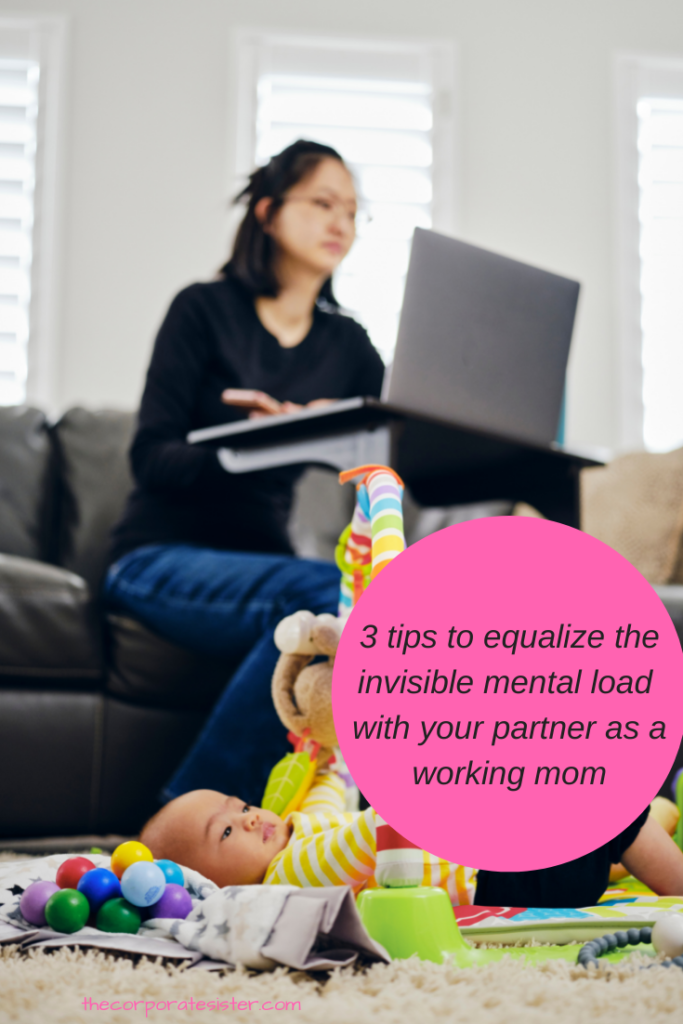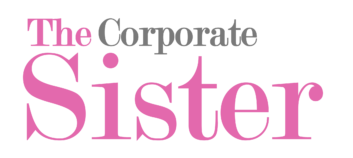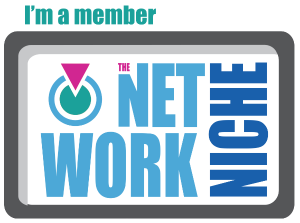If you are a working mom yourself, the mental load involved in running a household and caring for children is no surprise to you by now. Truth is, many working moms feel quite alone carrying this invisible load, as their partner and society at large are often blissfully unaware, or unwilling to acknowledge, the strain they are under on a near-constant basis.
What does this invisible mental load look like? On any day, it may go from having to remember the kids’ doctor appointments, activities, grocery lists, clean (or not so clean) laundry, to having to improvise when a child is sick or an emergency presents itself. This is on top of holding a full-time job, trying to advance one’s career, caring for family and relatives, and attempting to be a decent human being overall. No wonder so many working moms end up feeling drained, exhausted, and resentful at the end of the day…

This mental load is also part of the reason why many working moms are not able to achieve their full potential, losing the race towards their purpose before it even starts. It also certainly has contributed to the working mom exodus we’ve witnessed during the COVID-19 pandemic. The unequal distribution of this mental load, along with its physical baggage of household chores, childcare and elderly care, is no longer sustainable in families increasingly relying on two incomes. Neither is it sustainable in a society where women constitute half or more of the population, and play a crucial role at all levels, including socially, economically, and politically.
Protecting working moms and their potential then requires equalizing the mental load between household partners. This is no easy feat, as the structural, societal, political and economical structures we’ve been socialized in, and are still living, heavily contribute in perpetuating it. In some instances, crises such as the COVID-19 pandemic tend to even accentuate it. There is no doubt then that equalizing the mental load between partners is more of a process of undoing archaic systems, beliefs and behaviors ingrained in individuals, communities and organizations for centuries. These are antiquated systems even we, as working moms, still adhere to and often unconsciously co-sign and perpetuate to our own detriment. However, it’s also a process that can reap so much fruitful progress, finally opening the door to working moms’ potential, and changing the narrative for so many little girls and boys watching their own mothers for cues for the future.
Here are a few ways to get started:
- Acknowledge your own invisible mental load and beliefs
Many, if not most working moms do not acknowledge their invisible mental load until it’s almost too late and they’re too angry to get past it. Don’t get me wrong, in most instances, the anger is justified. So is the sheer exhaustion and pain hiding behind it. This is where acknowledging in an honest, concrete and pragmatic way the actual weight, impact and effect of this load come into play.
It’s hard to understand the true extent and impact of it until one takes a good, hard look at what life really is like on a day-to-day basis. It may be a matter of making a list of all the demands on one’s time on a day-to-day basis, and concretely make an honest assessment. The latter also requires honestly assessing the role one plays in carrying, even hoarding this mental load, as we often unconsciously subject ourselves to it for fear of stepping away from the “norm” as we’ve always known it.
- Have an honest conversation with your partner
This may be the most challenging part by far in this process of equalizing the invisible mental load in one’s partnership. Making someone else see and perceive the heaviness of your experience, especially the parts of it that are not readily apparent to others, is no easy feat. Considering how traditional gender roles have been constructed over time, it can be even harder to challenge the status quo and preconceived notions.
- Implement a process
The most effective way to tackle equalizing the invisible mental load as partners is to implement a proactive, concrete plan. Just talking about it is barely enough. Instead, getting deep into the nitty-gritty of daily tasks, concerns and questions is crucial. This may be a matter of designating who’s responsible for making and keeping appointments, who makes the phone calls, or who picks up and drops off on what days…Ideally, the distribution of tasks and responsibilities would align with each partner’s areas of strength and what they enjoy doing, so they can actually keep doing it for as long as possible.
- Check in and recalibrate periodically
Processes are not infallible. Processes that challenge what most of us have been accustomed to from infancy are even less infallible. So many working moms report attempting to equalize the invisible mental load with their partners, only for things to return to the unsustainable normal it was before. This is why it’s so important to check in with each other, and re-calibrate as often as possible.
All in all, equalizing the invisible mental load for working moms is not only necessary, but it should be a priority for working moms, partnerships, and society in general to thrive. As life gets increasingly complex, it’s becoming a matter of survival for families, and an imperative in raising well-balanced children.
The Corporate Sis.







